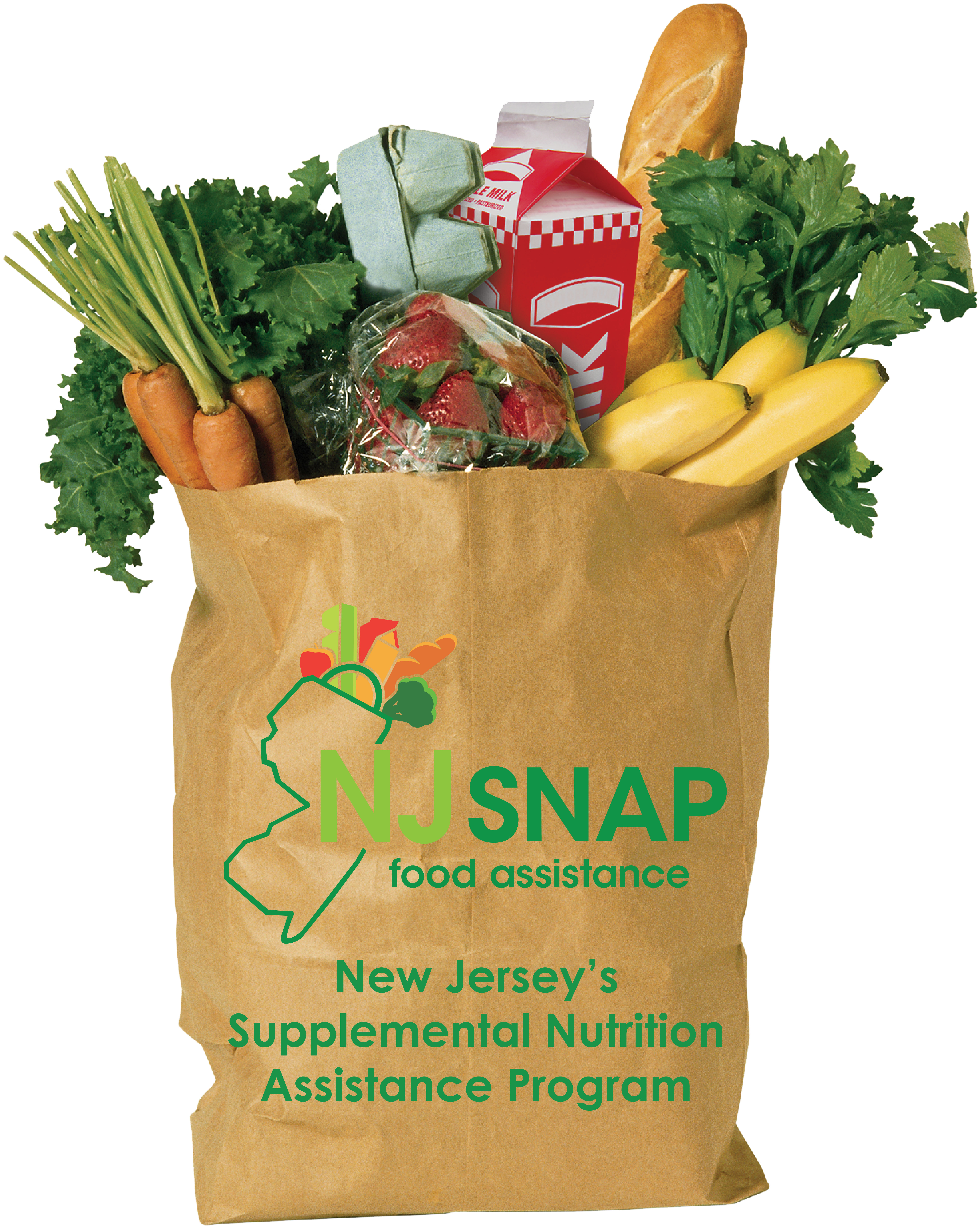The Supplemental Nutrition Assistance Program (SNAP), commonly known as food stamps, is a vital resource for millions of Americans facing food insecurity. If you’re earning $1,800 a month and wondering whether you qualify, the answer isn’t always straightforward. Eligibility hinges on factors like income, household size, expenses, and state-specific rules. In this guide, we’ll break down the criteria, walk through real-world scenarios, and clarify whether your earnings might still qualify you for assistance.
1. What Is SNAP, and How Does It Work?
SNAP is a federal program designed to help low-income individuals and families afford groceries. Benefits are distributed via an Electronic Benefits Transfer (EBT) card, which works like a debit card at authorized retailers. While the federal government sets baseline eligibility rules, states administer the program and may adjust criteria (e.g., income limits or deductions).
Key Takeaway: SNAP is need-based, but “income” isn’t the only factor. Deductions for expenses like housing, childcare, or medical costs can lower your countable income, potentially qualifying you even if you earn above the gross income limit.
2. Gross vs. Net Income: The First Checkpoint
To determine eligibility, SNAP calculates both gross income (total earnings before taxes) and net income (income after allowable deductions).
- Gross Income Limit: For 2023, the federal gross monthly income limit is 130% of the poverty level .
- Example: A single-person household must earn ≤ $1,471/month ($17,652/year).
- A household of four must earn ≤ $3,063/month ($36,760/year).
At $1,800/month, your gross income exceeds the federal limit for a single person. However, SNAP also considers deductions to calculate net income.
3. Deductions That Could Lower Your Countable Income
Even if your gross income is too high, deductions might bring your net income under the 100% poverty level threshold ($1,133/month for one person). Common deductions include:
- 20% Earned Income Deduction: Automatically subtracts 20% of your earnings.
- Example: $1,800 – $360 = $1,440.
- Dependent Care Costs: Up to $425/month for childcare or elderly care.
- Shelter Costs: Rent, mortgage, or utilities exceeding 50% of your net income.
- Example: If your rent is $800/month, subtract the amount over $720 (50% of $1,440).
- Medical Expenses: For households with elderly or disabled members.
Scenario:
- Gross Income: $1,800
- After 20% Deduction: $1,440
- Subtract $400 in childcare: $1,040 (now below the $1,133 net limit).
Result: You might qualify.
4. Household Size Matters
SNAP eligibility is calculated per household, not per individual. If you live with others who contribute to expenses, your household size increases, raising income limits.
Example: If you’re a family of three earning $1,800/month, your gross income is well below the $2,536 limit, making you likely eligible.
5. Asset Limits: Do You Have Too Much Saved?
Most households must have assets ≤ $2,750 (e.g., cash, bank accounts). For households with elderly or disabled members, the limit is $4,250. Vehicles and primary homes aren’t counted.
Key Point: If your income is borderline, asset limits rarely disqualify applicants. Focus on income first.
6. Special Cases: Students, Seniors, and Workers
- Students: College students enrolled more than half-time may qualify if they work ≥20 hours/week, care for a child, or meet other exemptions.
- Seniors/Disabled: Higher asset limits and medical expense deductions apply.
- Workers: Some states waive income limits for households with earnings, prioritizing work support.
7. State Variations: Where You Live Matters
States can adjust rules through “Broad-Based Categorical Eligibility” (BBCE). For example:
- California ignores vehicle assets.
- New York raises gross income limits to 150% FPL ($1,838/month for one person).
- Texas follows federal guidelines strictly.
Action Step: Check your state’s SNAP office website for localized rules.
8. How to Apply
- Gather Documents: Proof of income, ID, utility bills, etc.
- Apply Online: Use your state’s portal (e.g., ACCESS Florida, C4Yourself in CA).
- Interview: Complete a phone or in-person interview.
- Appeal if Denied: If you believe your deductions weren’t considered, request a hearing.
9. Alternatives if You Don’t Qualify
- WIC: For pregnant/postpartum individuals or families with young children.
- Food Banks: Local pantries and charities.
- SNAP Employment & Training Programs: Job assistance to boost income.
Conclusion: $1,800/Month Could Qualify You
While $1,800/month exceeds the federal gross income limit for a single person, deductions for childcare, housing, or other expenses may lower your net income enough to qualify. Household size, state rules, and special circumstances also play a role. The only way to know for sure is to apply.
Final Advice: Don’t assume you’re ineligible. Even if your income is slightly above the limit, deductions and state flexibility could open the door to support. Visit your local SNAP office or apply online today

Determining eligibility for food stamps, officially known as the Supplemental Nutrition Assistance Program (SNAP), often involves a close examination of income, household size, and expenses. Many people encounter questions when navigating these criteria, particularly those with a monthly income of $1,800.
If I make $1,800 a month, can I get food stamps?
Yes, you may qualify for food stamps if you make $1,800 a month. Eligibility varies depending on factors such as household size, expenses, and the state in which you reside. Various states have differing income thresholds and regulations, so it is essential to check local guidelines.
Understanding Food Stamp Eligibility
To qualify for SNAP benefits, your household must meet specific income guidelines, which are adjusted annually. The eligibility criteria are primarily determined by the Federal Poverty Level (FPL), which considers both gross and net income.
The gross income limit for SNAP is typically set at 130% of the FPL. The net income limit is generally 100% of the FPL, which takes into account allowable deductions.
Federal Poverty Level (FPL) for 2023
| Household Size | 100% FPL ($) | 130% FPL ($) |
|---|---|---|
| 1 | 1,132 | 1,472 |
| 2 | 1,526 | 1,973 |
| 3 | 1,920 | 2,496 |
| 4 | 2,314 | 3,020 |
These figures serve as a reference for understanding how your monthly income fits into the national framework for SNAP eligibility.
Determining Your Income Eligibility
With a monthly income of $1,800, it is crucial to assess your household size and additional financial obligations. For example, the net income is calculated by deducting certain expenses from your gross income. Here are some common deductions that may apply:
- Dependent care costs: Child care or adult care costs for a household member.
- Medical expenses: Certain out-of-pocket medical expenses can be deducted for elderly or disabled household members.
- Shelter costs: Rent or mortgage payments, property taxes, and utility bills.
If you have no deductions to account for, the gross income of $1,800 for one person exceeds the limit for the 1-person household category but is below the limit for a 2-person household. However, if you have any deductions, you may still qualify.
State Guidelines
Each state administers its SNAP program and may have different adjustments to guidelines. For example, some states may allow higher income thresholds or additional deductions for certain households. A few states also offer a “Simplified Application Process” for individuals with income below a specific threshold.
Application Process for SNAP
If you believe you meet the eligibility criteria, follow these steps to apply for food stamps:
- Visit your state’s SNAP website: This resource typically provides necessary information about eligibility, application procedures, and additional help.
- Fill out the application: You can often apply online or request a paper application.
- Provide documentation: Ensure to include required documents such as proof of income, expenses, and identification.
- Attend an interview: After an initial review of your application, you may need to have a phone or in-person interview.
SNAP Benefits Calculation
The amount of assistance you receive from SNAP depends on your household size, income, and allowable deductions. Below is a general estimate of how benefits are calculated:
- The USDA’s official formula is based on the Thrifty Food Plan, which outlines the minimum amount of food needed for a nutritious diet.
- SNAP benefits typically cover approximately 30% of a household’s food budget.
| Household Size | Monthly SNAP Benefit Estimate ($) |
|---|---|
| 1 | 250 |
| 2 | 400 |
| 3 | 550 |
| 4 | 700 |
It is essential to understand that these figures are estimates and can vary depending on state policies and your specific circumstances.
Common Challenges and Solutions
Many applicants face challenges during the application process, including:
-
Complex paperwork: Applications can involve multiple forms and documentation. Seeking assistance from a local food bank or community organization can simplify this process.
-
Denial of benefits: If your application is denied, you have the right to an appeal. Reviewing your application and understanding the reasons for denial can help address issues effectively.
Additional Resources and Support
Several resources can assist you further if you are still unsure about your eligibility for food stamps:
-
Local food banks and pantries: These organizations can provide immediate food assistance while you navigate the SNAP process. They may also offer application help.
-
Online tools: Websites like the USDA’s Food and Nutrition Service allow you to check eligibility and understand the benefits based on your specific household situation.
Final Thoughts
Navigating the SNAP application process can feel overwhelming. However, understanding the income limits, deductions, and state-specific regulations can help clarify your eligibility. With a monthly income of $1,800, you may still qualify for benefits, especially if you take into account any eligible deductions. Engaging with local resources and support can vastly improve your chances of securing assistance.
For more information, reach out to your local SNAP office or visit the official USDA SNAP website to learn more about your options and the application process. Taking these steps can ensure you and your household have access to the nutritional support you need.








